Why Electrical Upgrades Require Special Storage Consideration
Upgrading your home’s electrical system is a crucial investment in your property’s future, but it presents unique challenges for remote workers. With the increasing reliance on home offices, protecting your valuable electronics and maintaining business continuity during electrical renovations becomes essential. This comprehensive guide will help you navigate the storage needs during electrical system upgrades while keeping your work equipment safe and accessible.
Planning Your Storage Strategy
Before the first wire is replaced, having a solid storage plan is crucial for protecting your home office equipment. Consider these key factors:
- Duration of the electrical upgrade project
- Essential equipment needed for daily work
- Backup power requirements
- Climate-control needs for sensitive electronics
- Accessibility of stored items
What Equipment Needs Climate-Controlled Storage
Not all office equipment requires the same level of protection. Here’s what needs climate-controlled storage:
- Computers and laptops
- Servers and networking equipment
- Printers and scanners
- External hard drives
- High-end audio/video equipment
- Specialized professional equipment
Creating a Temporary Workspace
While your main office undergoes electrical work, setting up a temporary workspace can help maintain productivity. Consider these options:
- Utilizing a climate-controlled storage unit as a temporary office
- Setting up in an unaffected area of your home
- Working from a local co-working space
- Arranging remote access to stored equipment
Storage Unit Selection Tips
Choose a storage solution that meets these critical requirements:
- Climate control capabilities
- Reliable power supply
- Adequate security measures
- Easy accessibility during business hours
- Proper size for all equipment
Protecting Against Power Surges
During electrical upgrades, power surges can pose significant risks. Implement these protective measures:
- Use high-quality surge protectors
- Invest in uninterruptible power supplies (UPS)
- Back up all important data
- Label and organize power cables
- Document equipment settings before disconnection
Organization and Inventory Management
Maintain control over your equipment with these organizational strategies:
- Create detailed inventory lists
- Take photos of equipment setups
- Label all cables and connections
- Use protective packaging materials
- Maintain a digital record of stored items
Tips for Business Continuity
Keep your business running smoothly during the transition with these strategies:
- Establish a clear communication plan with clients
- Set up automated responses for potential downtime
- Create a schedule for accessing stored equipment
- Have backup internet solutions ready
- Plan for temporary remote work arrangements
Post-Upgrade Considerations
Once electrical work is complete, follow these steps for a smooth transition:
- Test all circuits before reconnecting equipment
- Gradually reintroduce sensitive electronics
- Verify surge protection measures
- Update your equipment layout for new electrical configurations
- Document any new electrical specifications
When to Seek Professional Help
Consider professional assistance for:
- Moving heavy or sensitive equipment
- Setting up temporary power solutions
- Reconfiguring network connections
- Testing electrical safety
- Managing complex storage logistics
Conclusion
Electrical upgrades don’t have to disrupt your remote work setup. With proper planning and the right storage solution, you can protect your valuable equipment while maintaining productivity. Remember to prioritize climate-controlled storage for sensitive electronics and keep your business running smoothly throughout the renovation process.



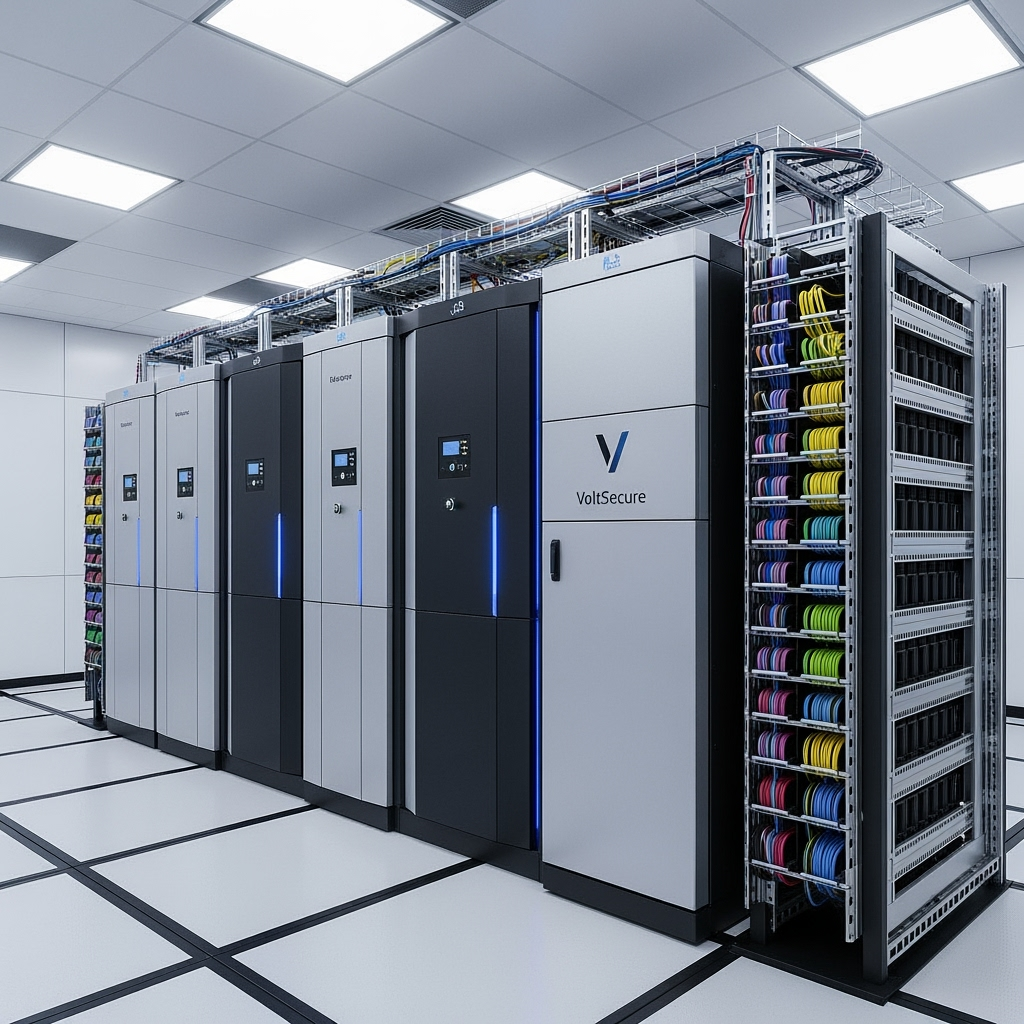

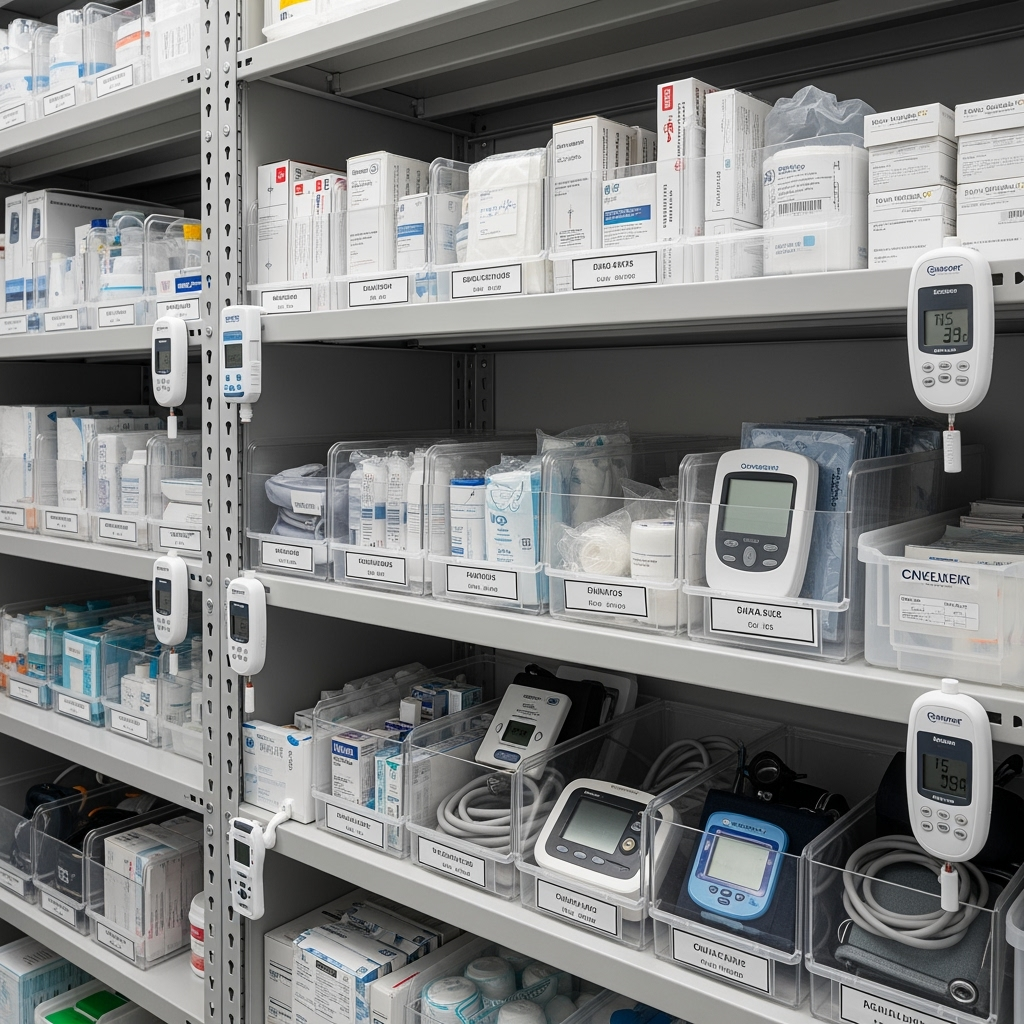
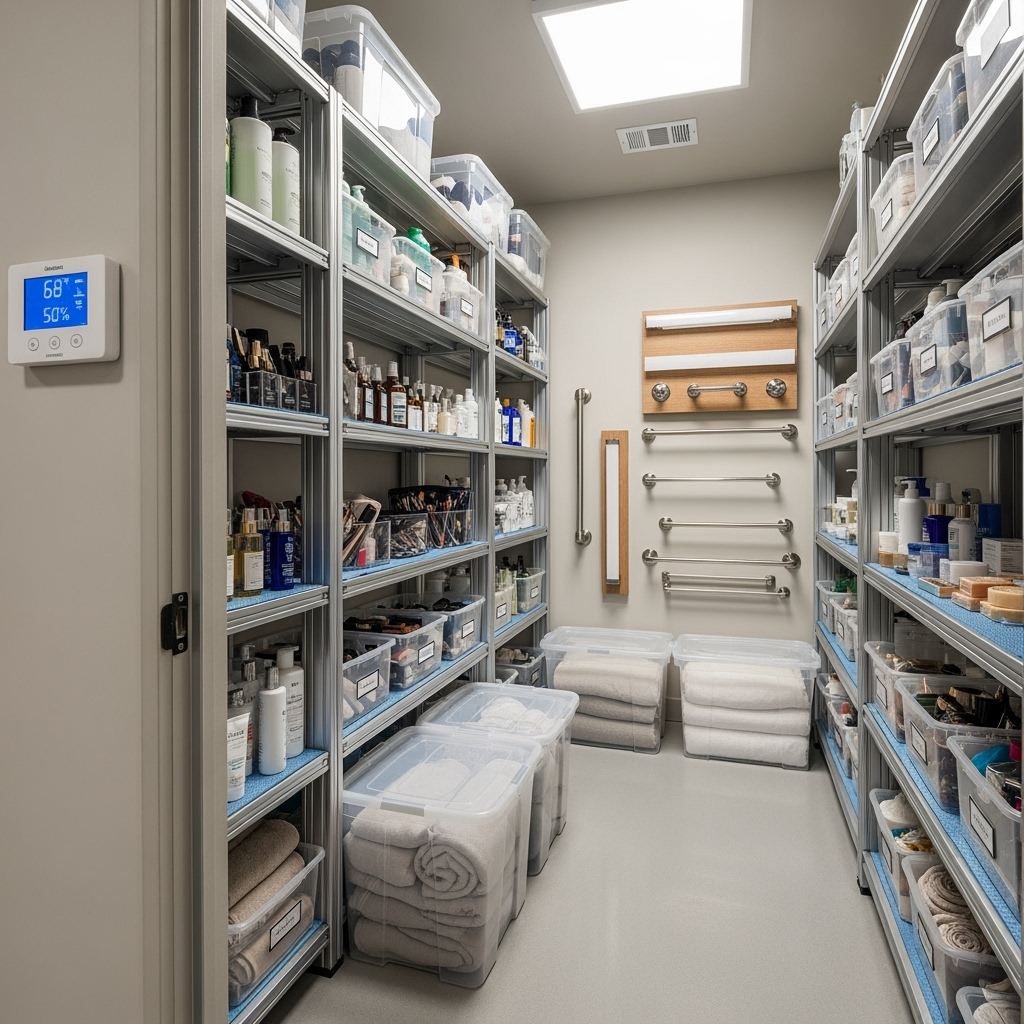
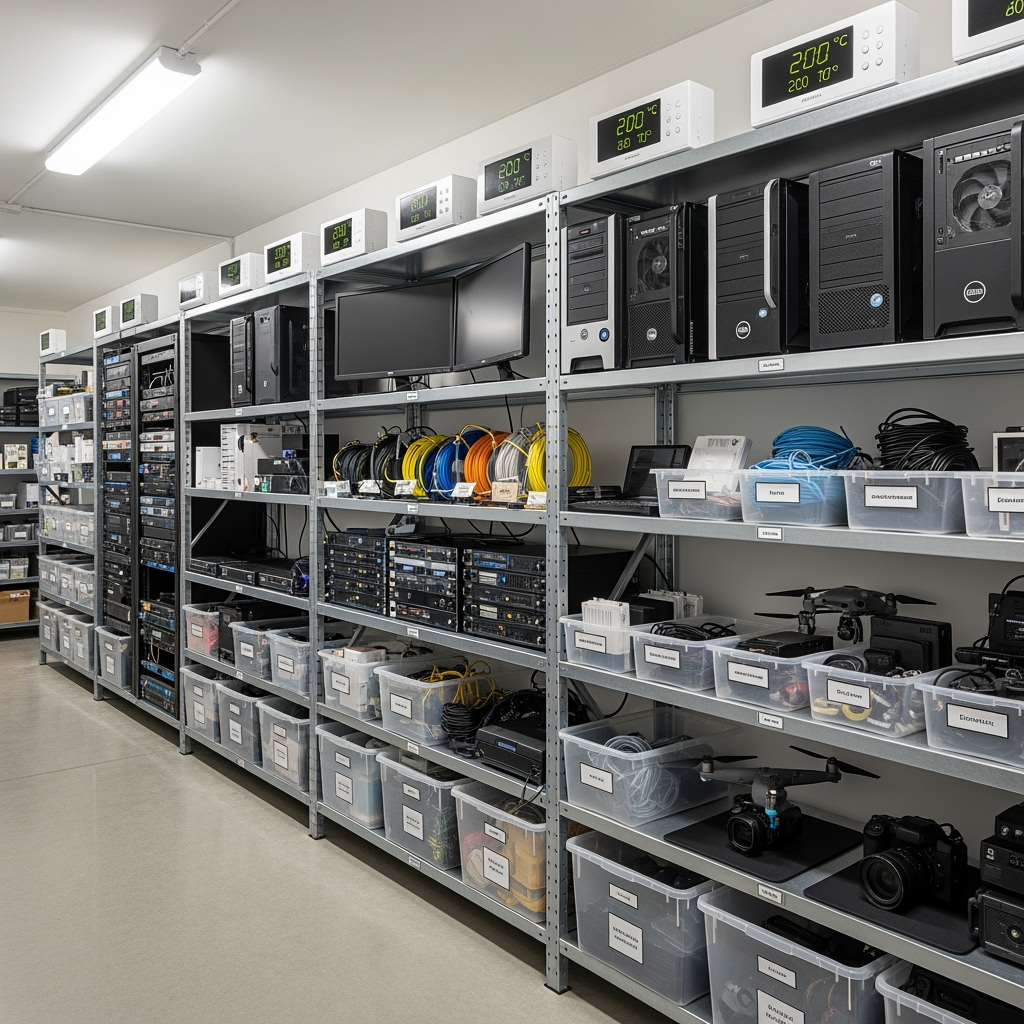
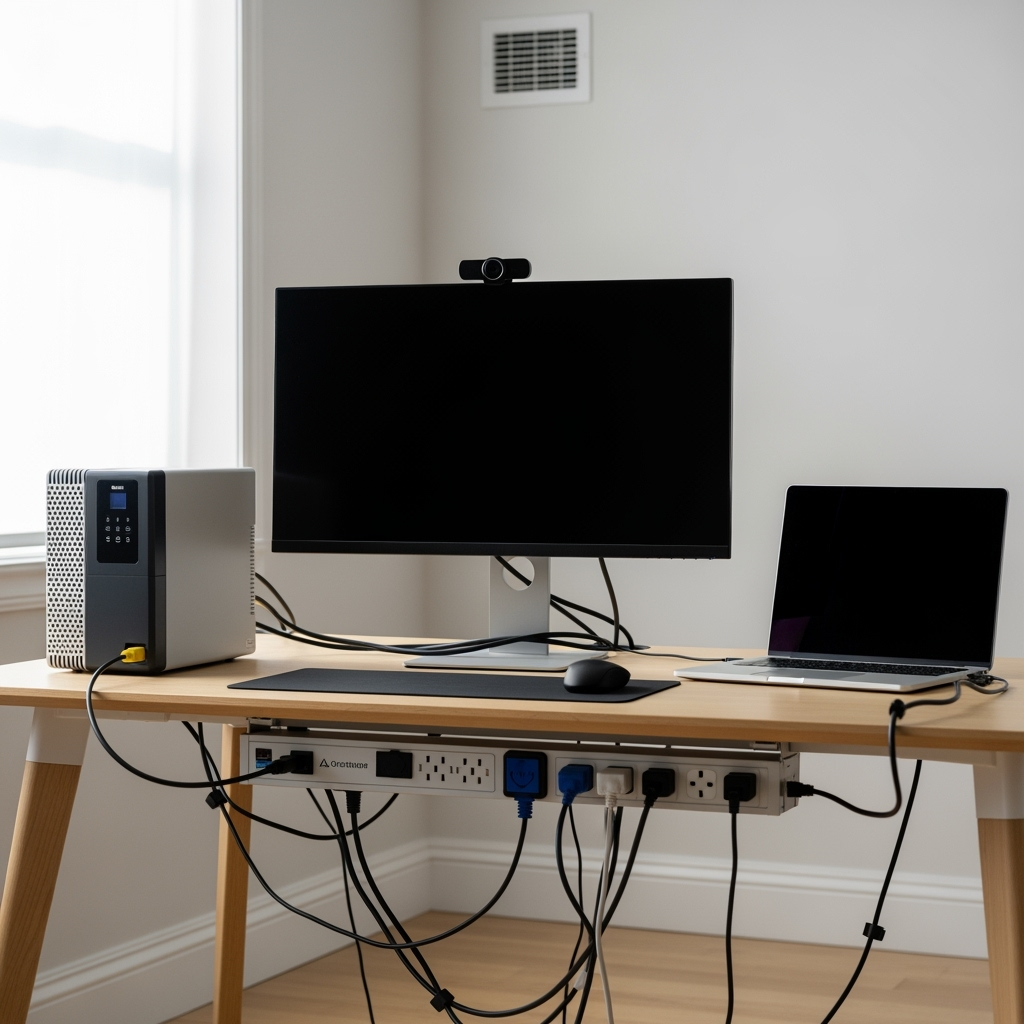
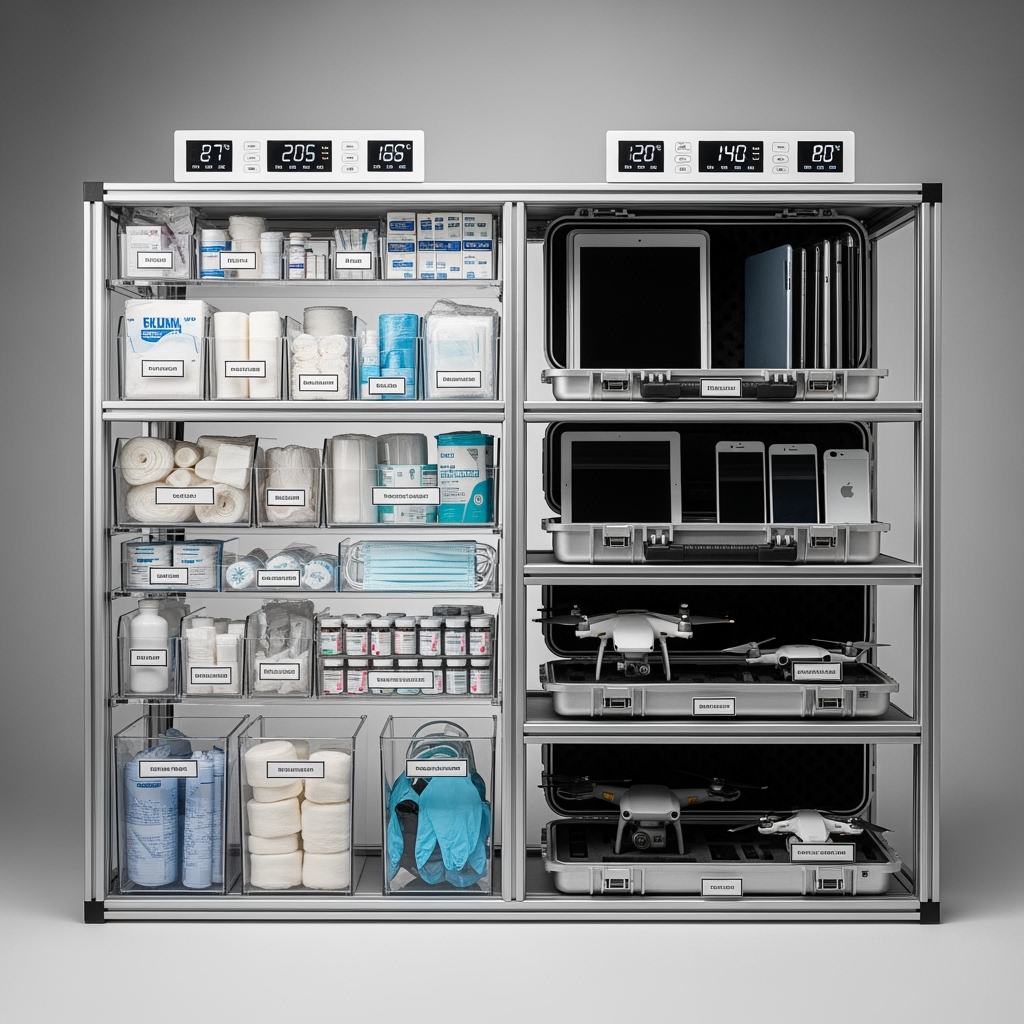
Leave a Reply